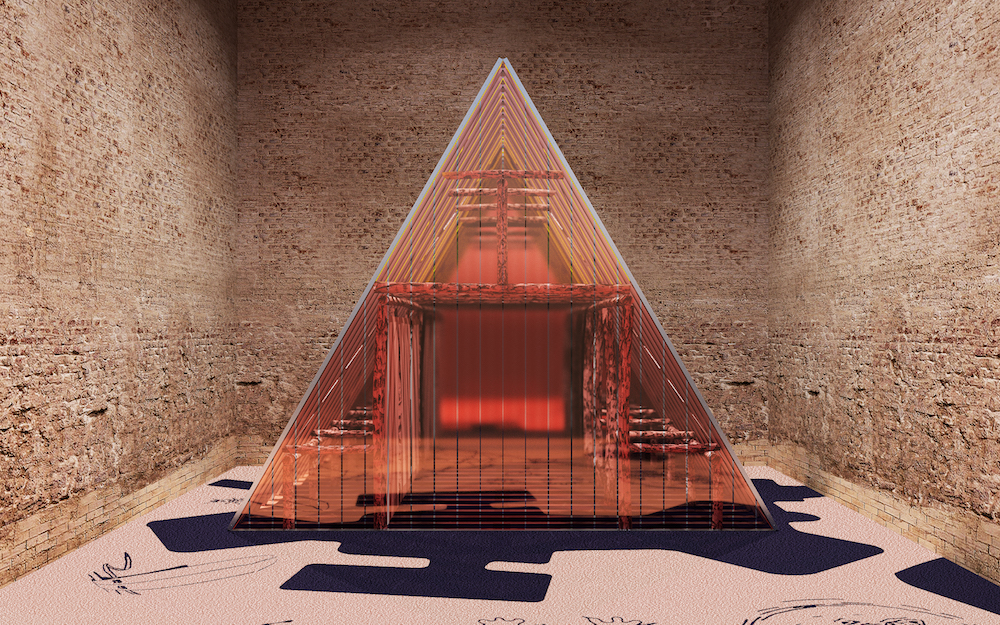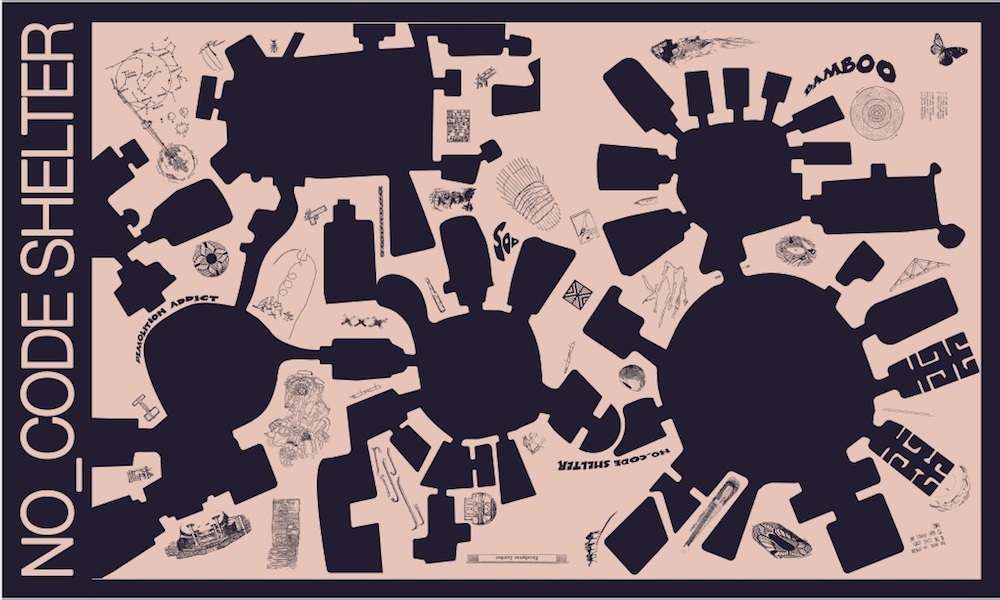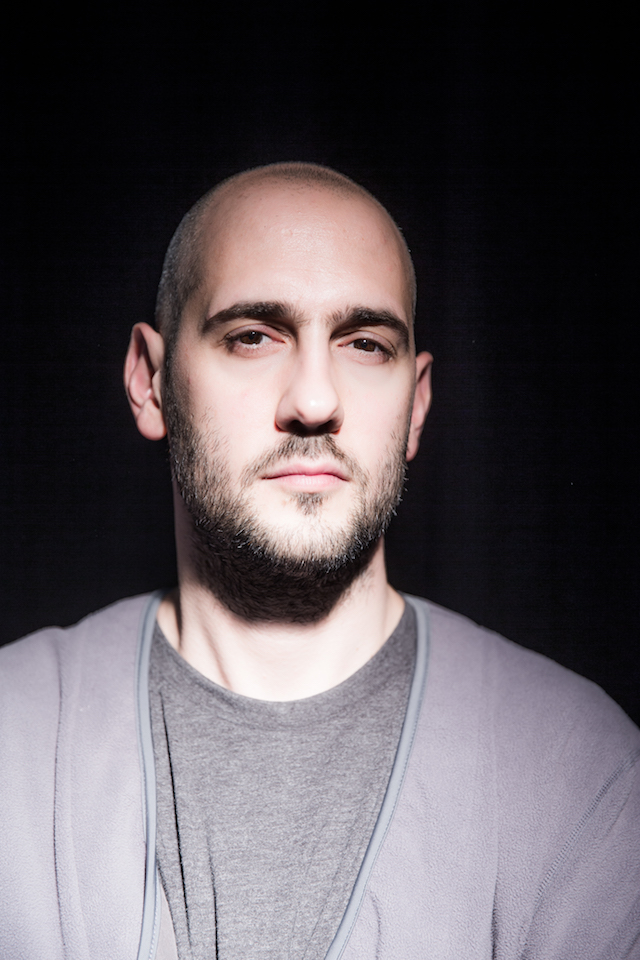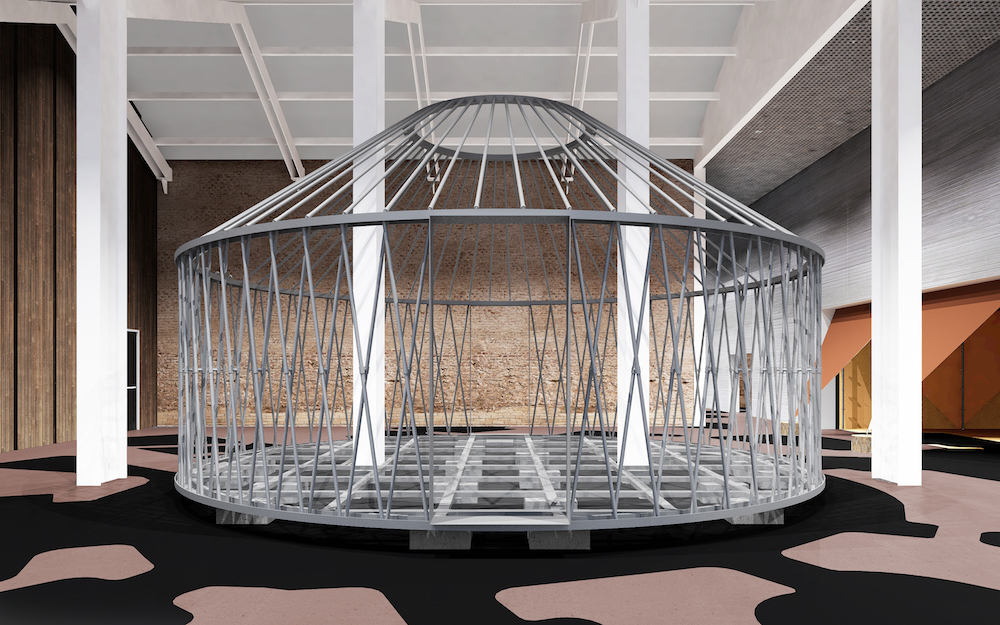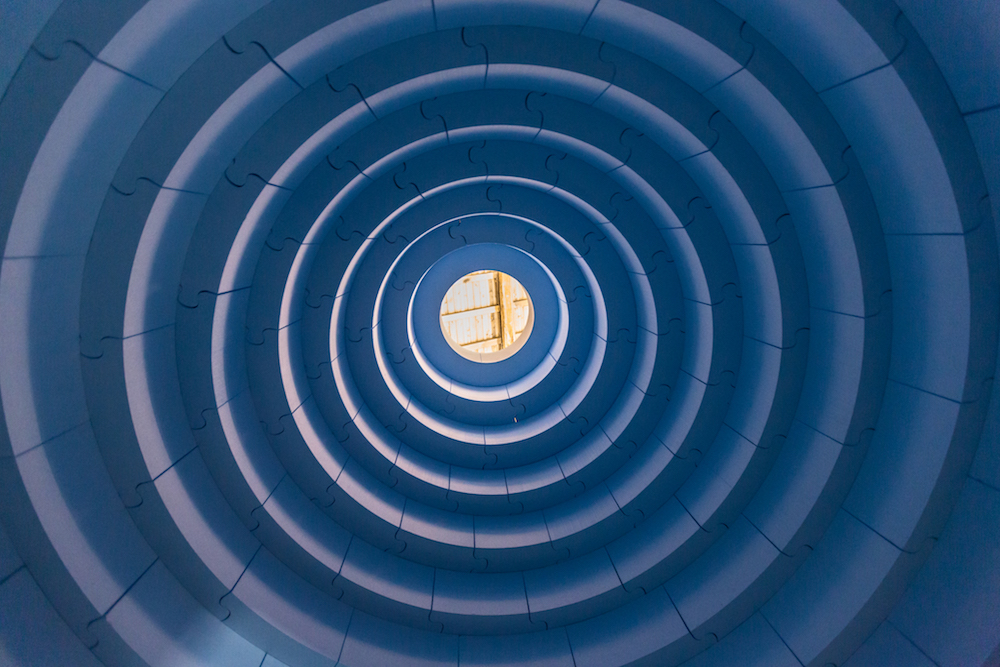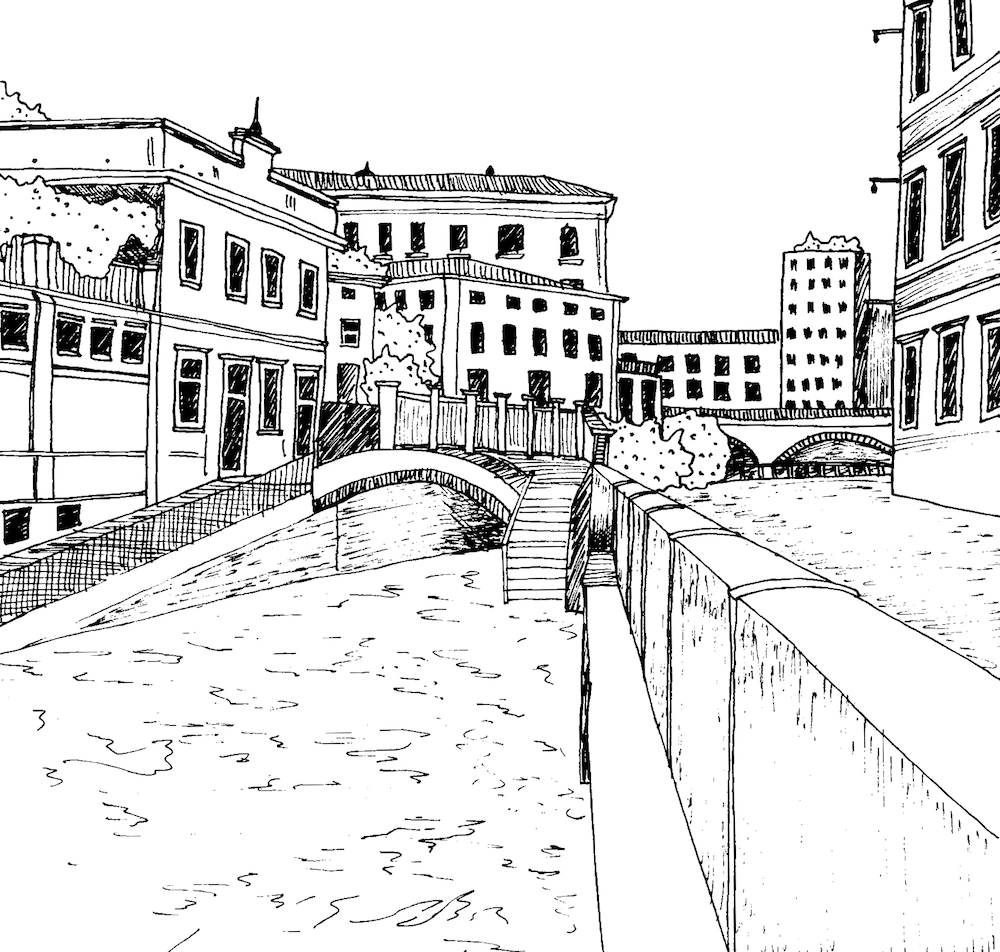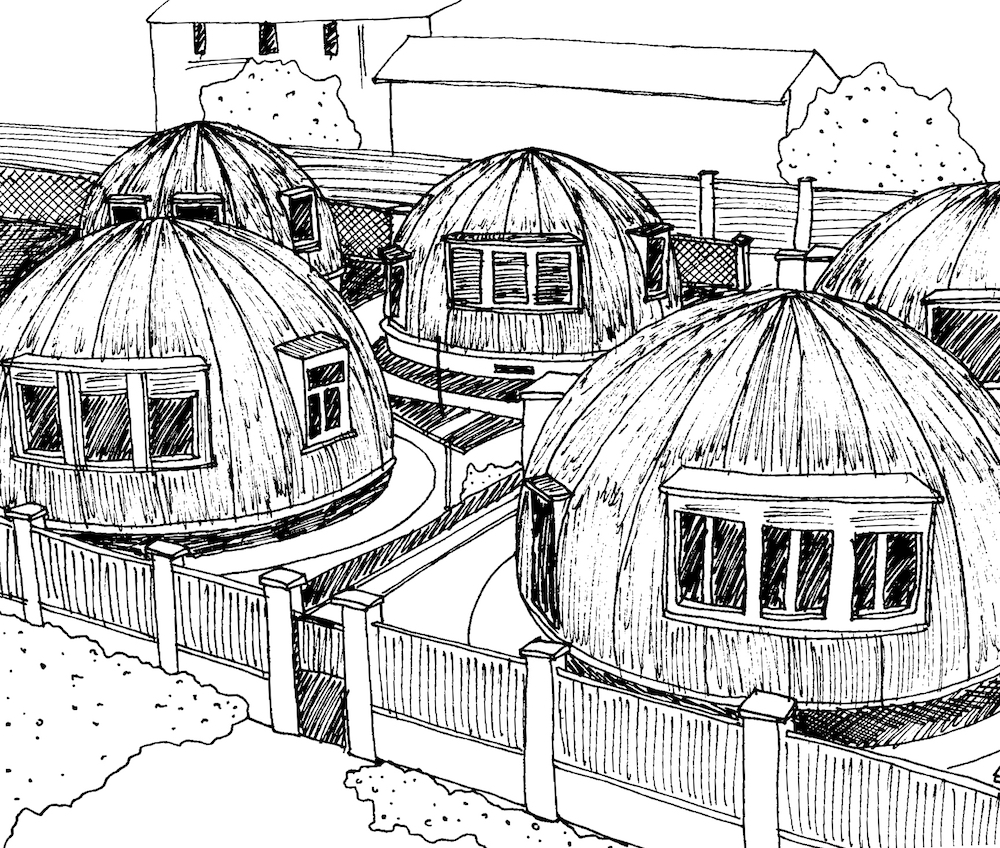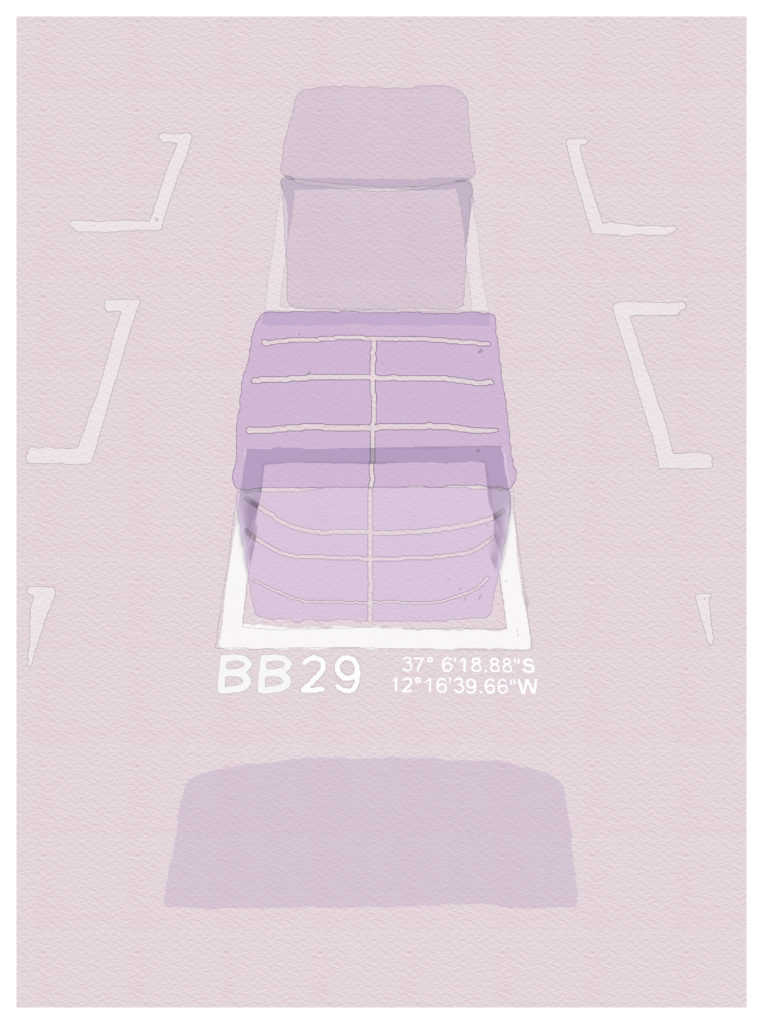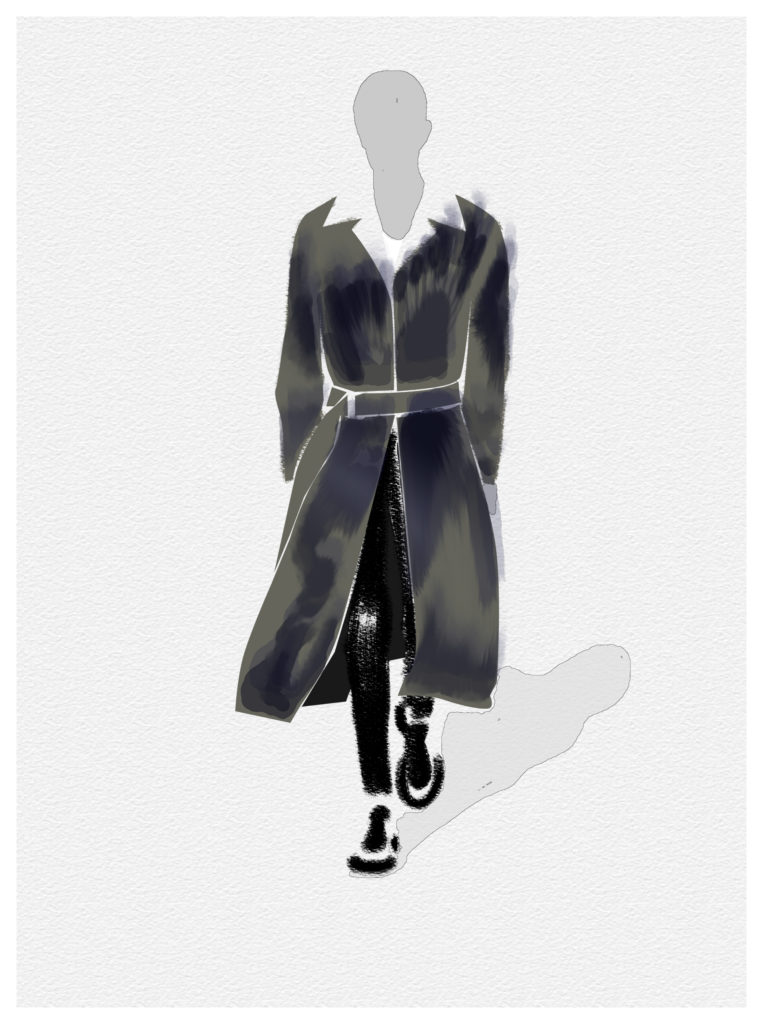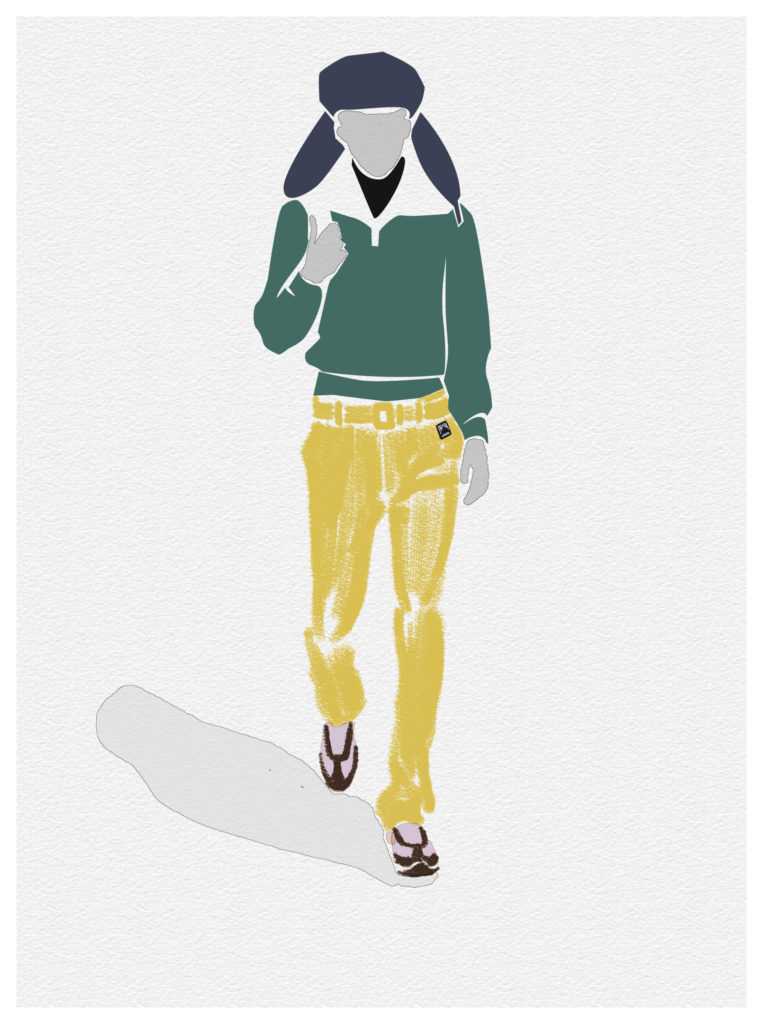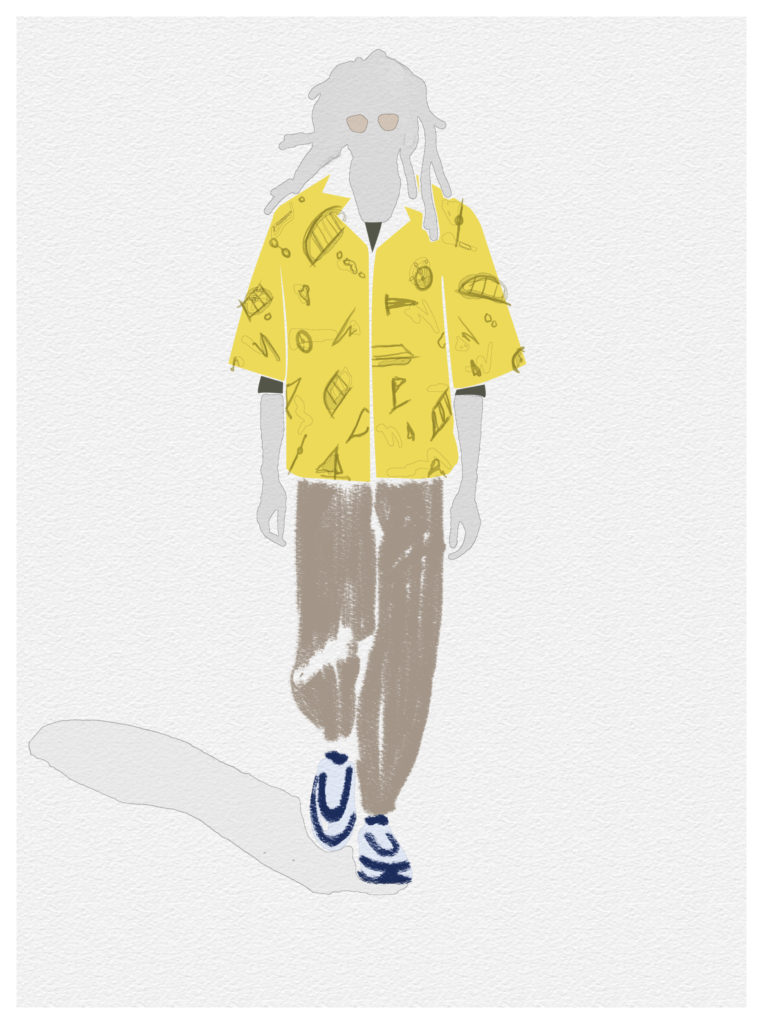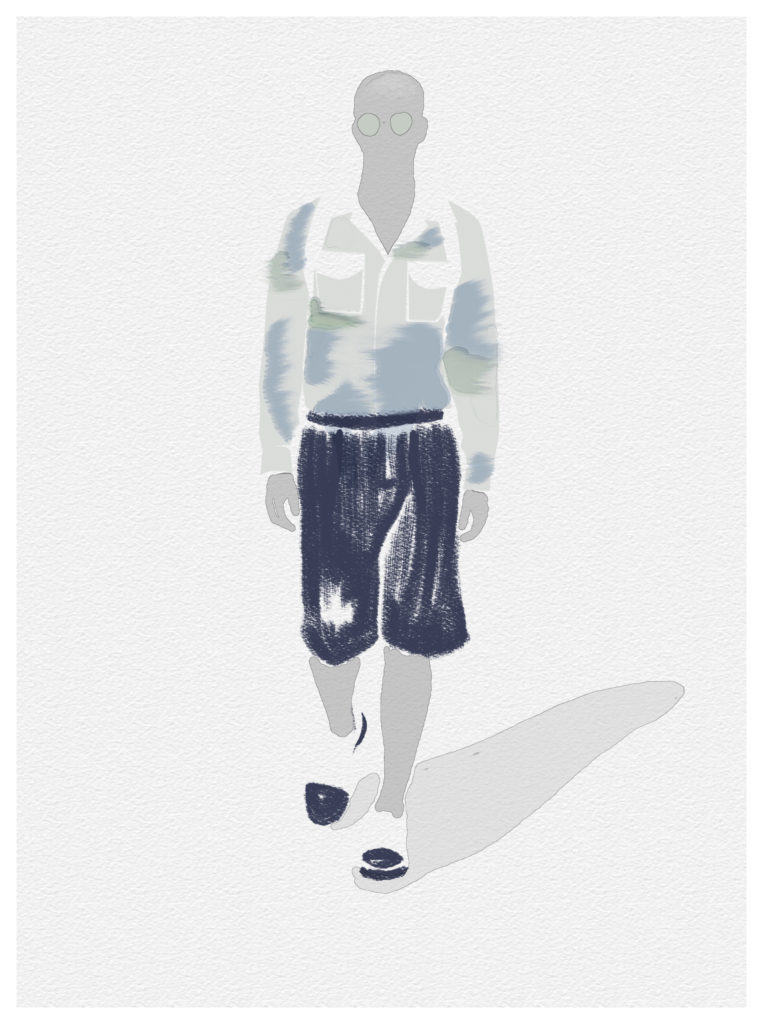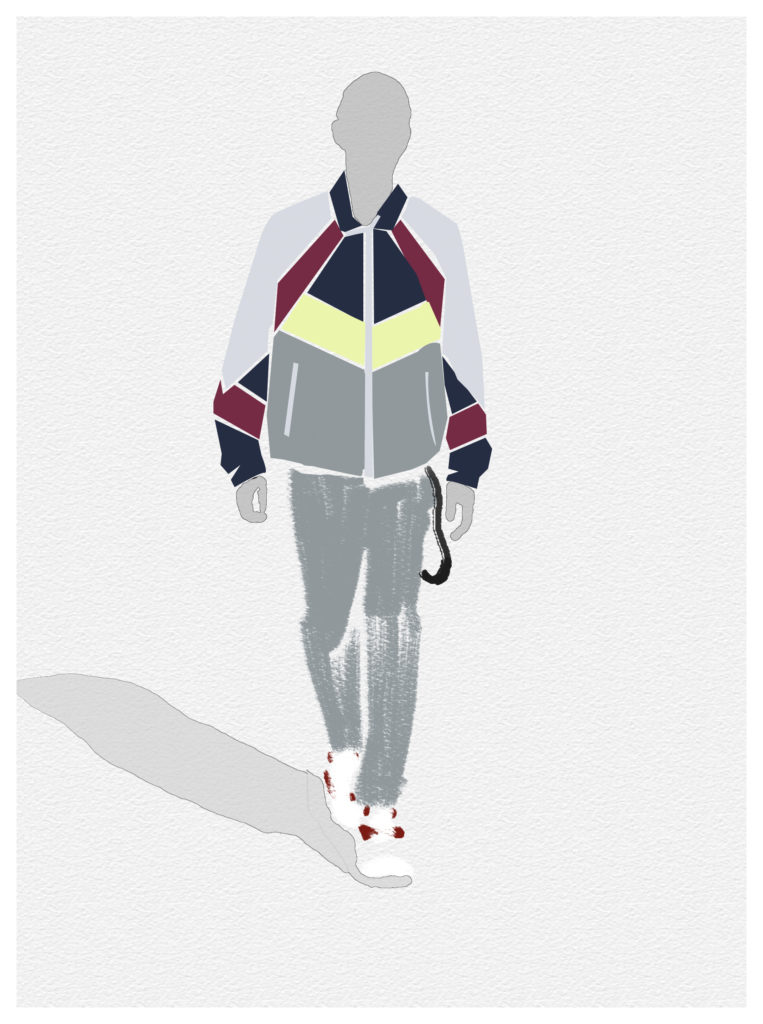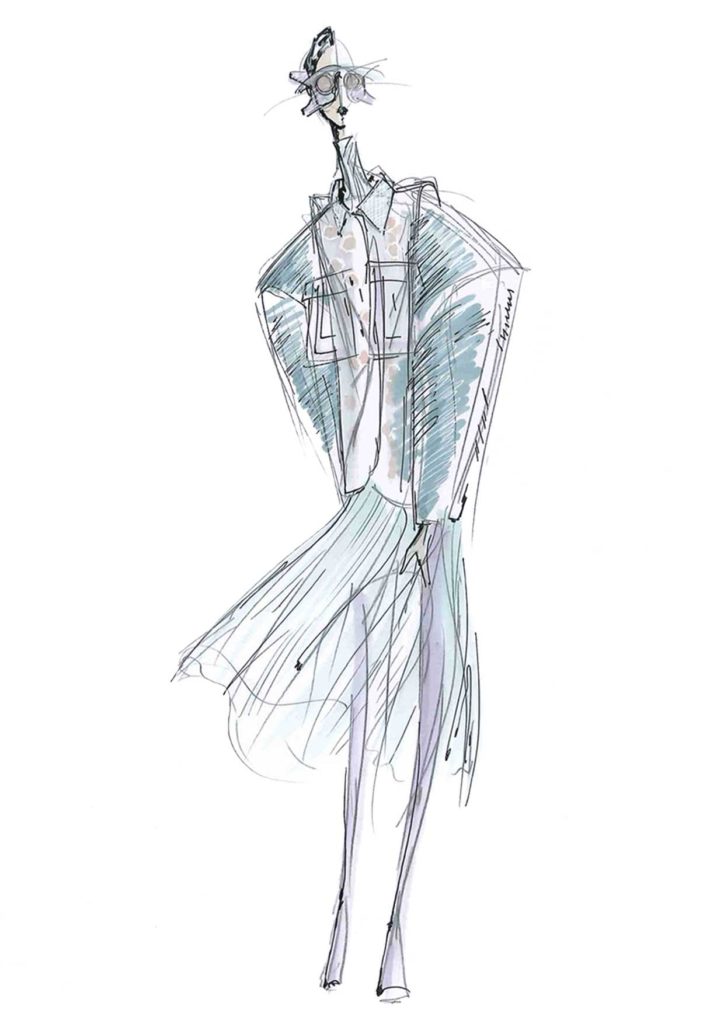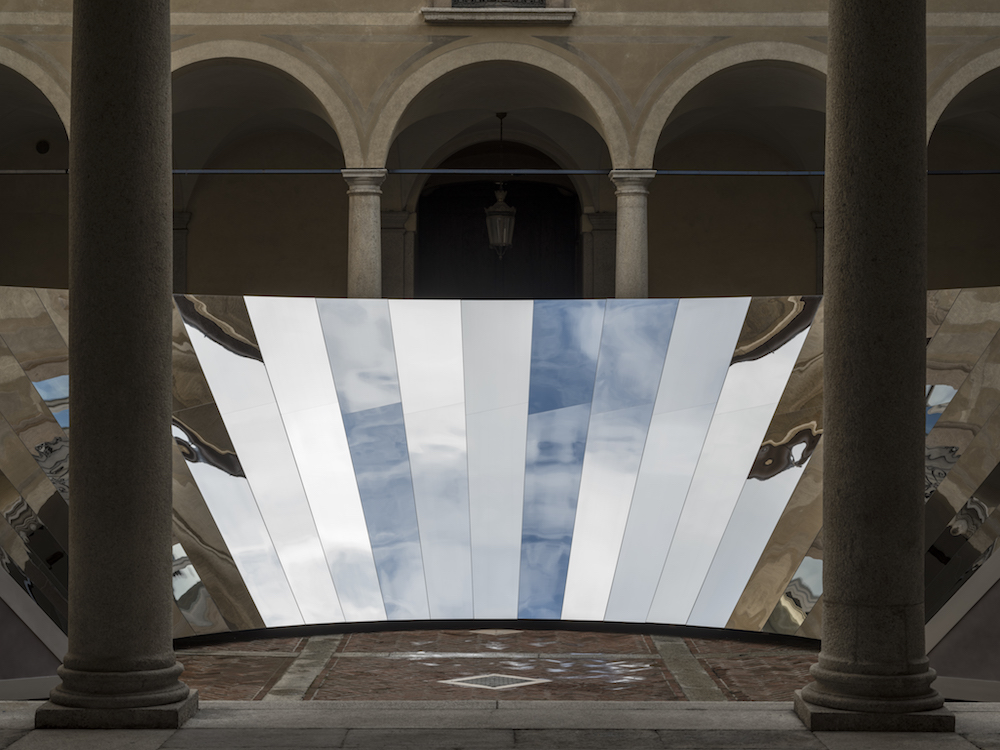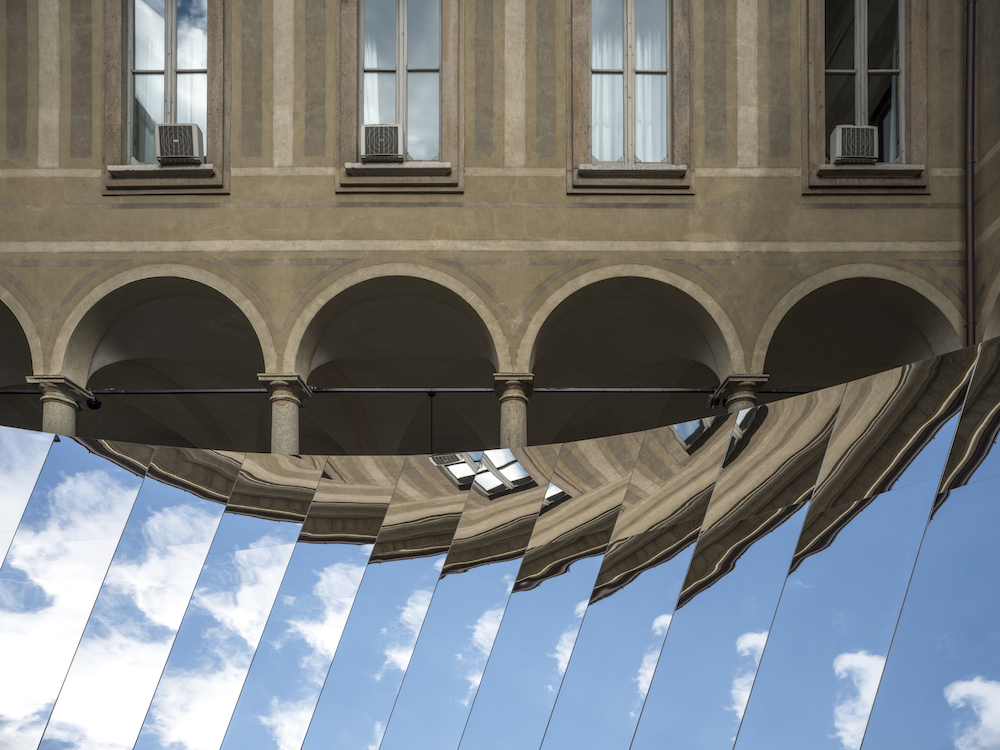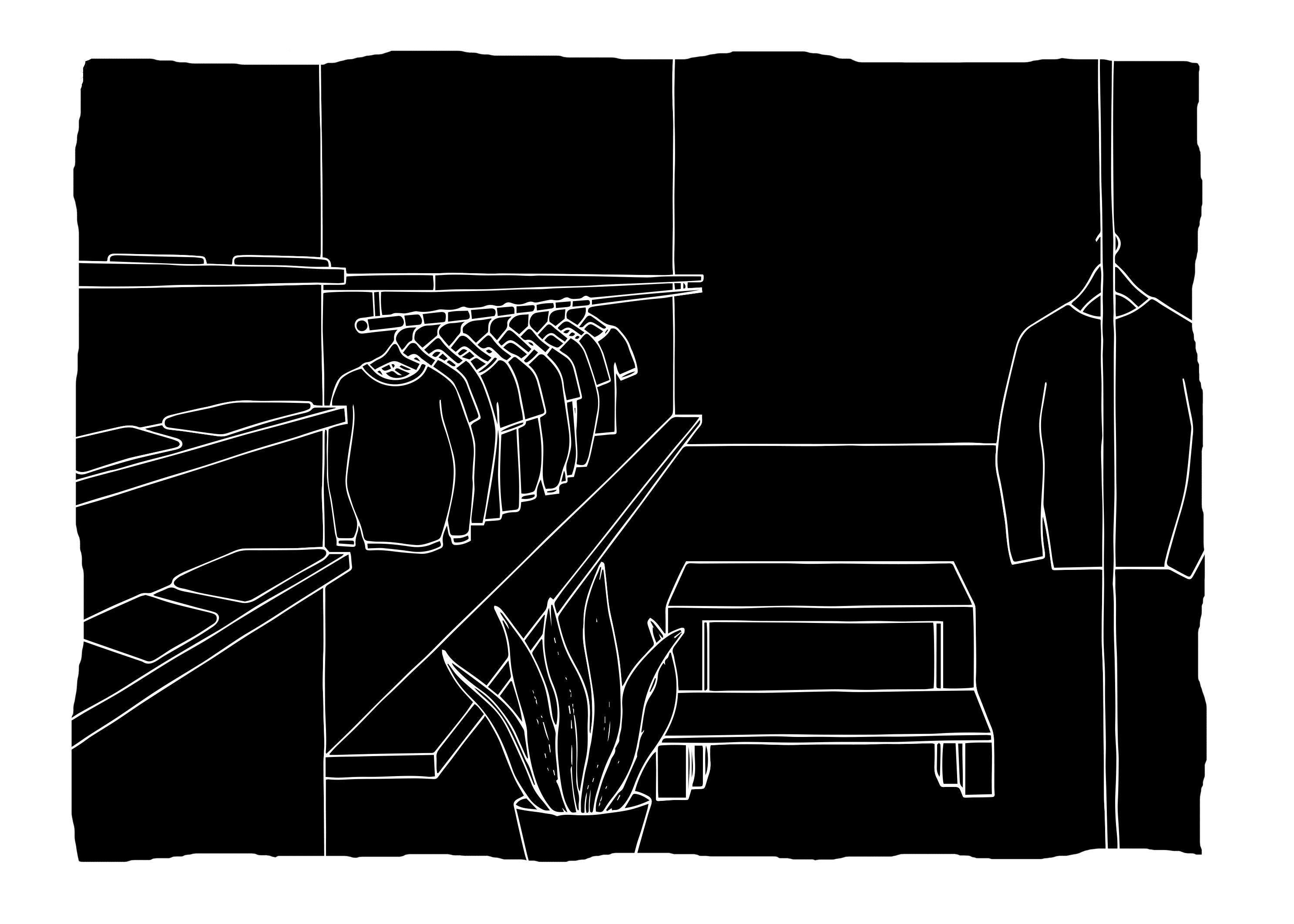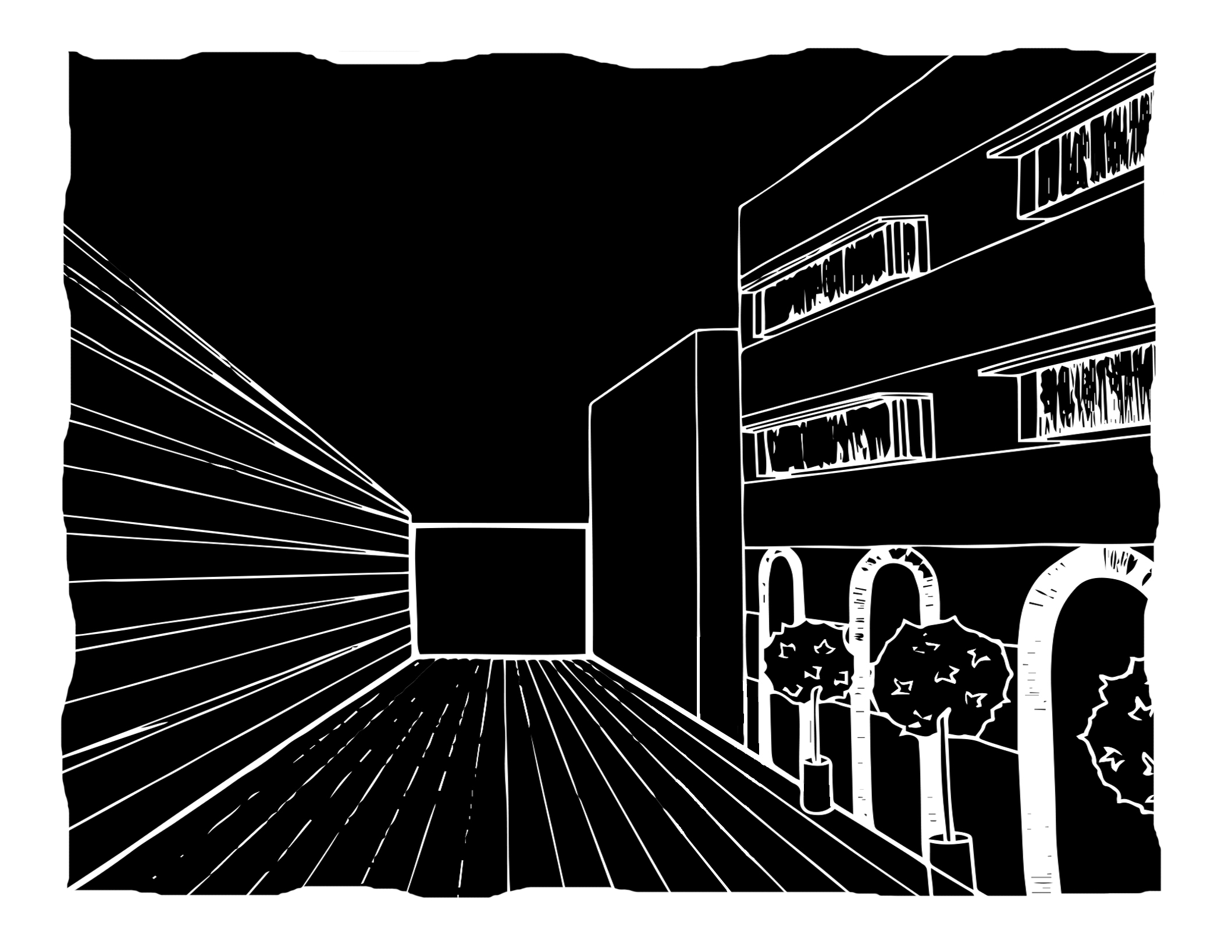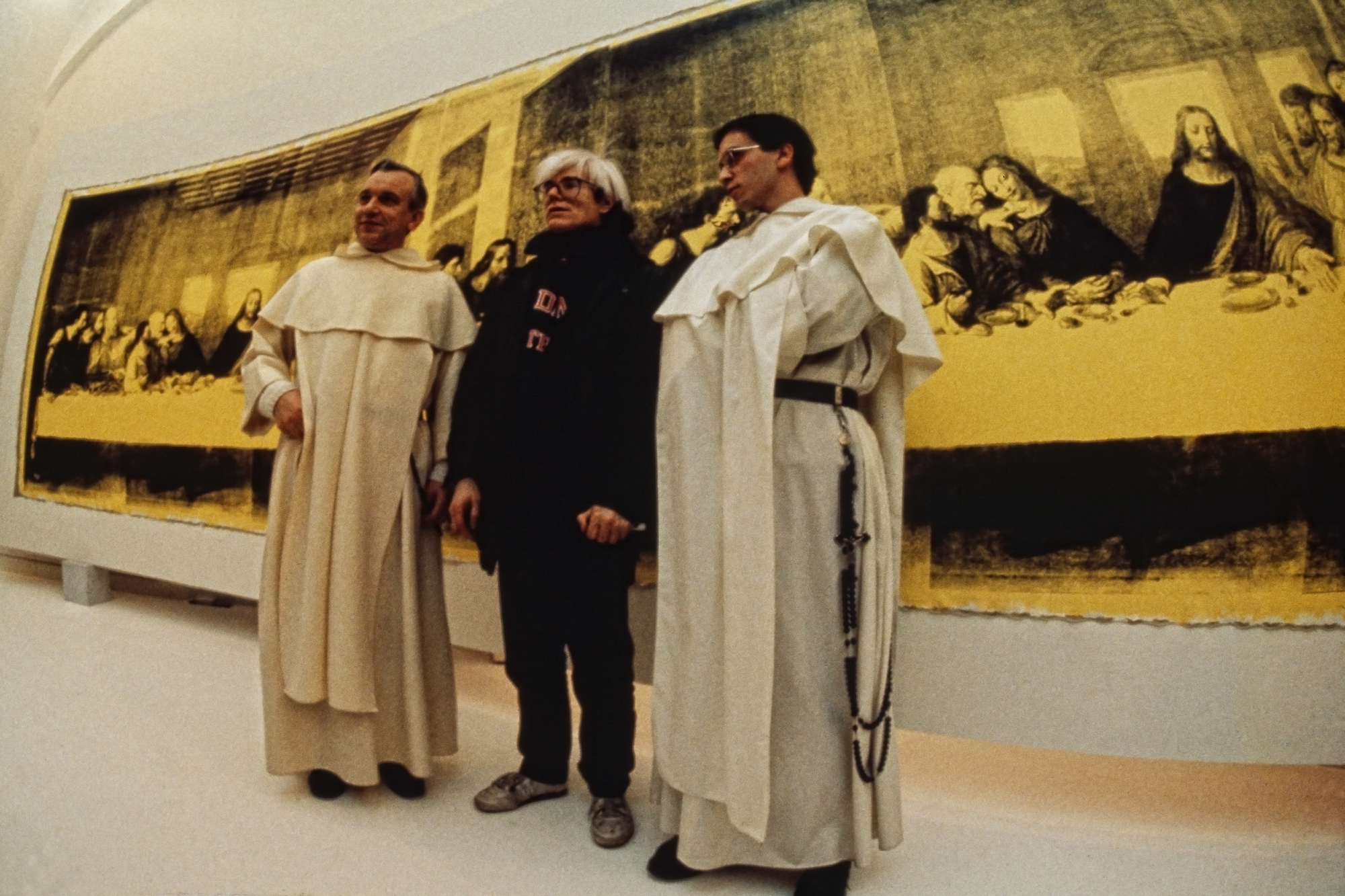Modern Milan’s eclectic entrances and post-war reconstruction
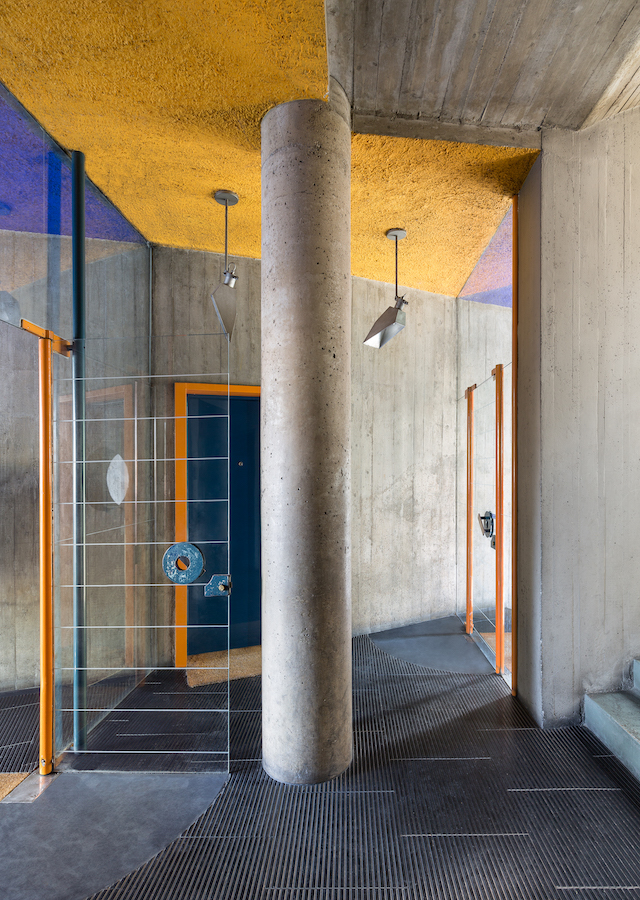
“Milano Milano?” That was the question teenagers from Milan would ask when they met other Italian youngsters far from home. It would be heard, for example, during study trips to austere England in the 1970s. The question contained within it a mixture of curiosity and distrust. It meant: are you a true Milanese, or just a pretender, when in fact you come from Monza, Gallarate, Busto Arsizio or some other town?
As for me, I was a bona fide Milanese. Maybe too much! My Milan was very small and essentially meant the streets around the centre where my family lived. It was a zone that hadn’t yet become what my father, perhaps with some snobbery, would later define as “a duty-free store”. Though inhabited for the most part by the “upper” classes, the area was a mixture of private residences, monuments, schools and shops that made it a livelier neighbourhood than the commercialised zone it would later become.
Very few of my classmates lived in the type of building pictured opposite – Palazzo in via Paravia 37, by Umberto Riva. Its striking design reminded you of the fact that examples of the Modern Movement – for which Milan is a veritable outdoor museum – are found not just in the centre of the city, but are scattered around its various neighbourhoods.
Just consider the building by Gio Ponti and Alberto Rosselli on Viale Lunigiana, or the Corbellini-Wassermann house by Piero Portaluppi, a hidden gem on Viale Lombardia. The reason the city doesn’t have a concentrated district of the Modern Movement – unlike other periods such as Eclecticism and Art Nouveau (known as the Liberty style in Italy) – is clear: We are looking at a story that lasts about 50 years, from the 1920s to the 1970s, interrupted by World War II, during which Milan was bombed by the Allies. This break was followed by disorderly, feverish post-war reconstruction, which mixed up different epochs and styles, often on the same street.
We can be certain about the starting date of modern architecture in Milan. The Ca’ Brutta (literally “the ugly house”), begun in 1919 and completed in 1922, is a work by the architect Giovanni Muzio – still in his twenties at the time – who lived on the top floor of the building until his death in 1982. Why the term “ugly” (or brütta, in the Milanese spelling)? Because the people of Milan, accustomed to the gentle lines and ornament of Eclecticism and Art Nouveau, didn’t like it. Even Muzio himself, perhaps as a result, softened his approach a little in subsequent projects. But Milan was already known as an ugly city. It was described as such by the greatest Milanese writer of the 20th century, Carlo Emilio Gadda, who called it “ugly and uncoordinated”. Actually, Milan was the only large Italian city suited to welcoming modernity: Rome, Venice and Naples were full of palaces; in Florence the Renaissance still vied with the Middle Ages; in Bologna and Turin the porticoes concealed the facades. Furthermore, Milan was the first city in Italy to witness the rise of the business and professional bourgeoisie, overturning the age-old social order. The residents of Palazzo in via Paravia 37 came from that milieu – and it reflected the status of this new class.
Buildings such as these were defined by their entrances, which were eclectic in their construction materials, details (doors, floors, accessories, lighting), and decoration. Ignoring the rules of the Bauhaus, many artists adorned these entrance halls with a distinctive use of ‘humble’ ceramics. The most illustrious names are Fausto Melotti and Lucio Fontana, in the wake of the great master Adolfo Wildt. His ‘winged victory’ sculpture greets visitors to the Berri-Meregalli house on Via Cappuccini. Plants and greenery, in addition, often lent halls the feeling of impeccable morgues.
What is missing from this photograph is the everyday life of these spaces that people briefly pass through. The sovereign, of course, is (or was) the concierge, who was more often male than female, and usually a native of Milan – until after World War II when most of them came from the depopulating countryside around the city. During my childhood, many custodians came from Southern Italy and Sardinia, but more recently they too have been replaced by immigrants from outside the EU, mostly South Americans and Sri Lankans. The concierge generally reflects the class attitudes of the building’s residents: respectfully obsequious with the owners, impatient and aloof with delivery men and messengers.
Many buildings have given up their doormen, though the finest examples of these aforementioned structures probably still have one. The next time you are visiting Milan, poke your nose inside their entrances and observe how many architects – some of them famous, most of them remembered today only by specialists in the field – gave rise to a ‘Milanese’ version of the Modern Movement that is so highly acclaimed today but, alas, no longer practised. The end of this epoch is symbolised by the Gallaratese housing complex of Aldo Rossi and Carlo Aymonino. It closes an era in which Milan was truly great and architecturally civilised.
This essay is taken from Alberto Saibene’s book Milano fine Novecento, published by Casagrande, 2021, the translation of which was originally published in Interwoven magazine
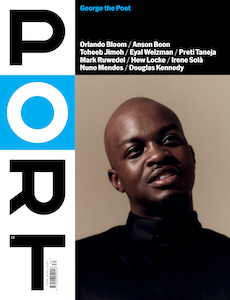
This article is taken from Port issue 30. To continue reading, buy the issue or subscribe here











